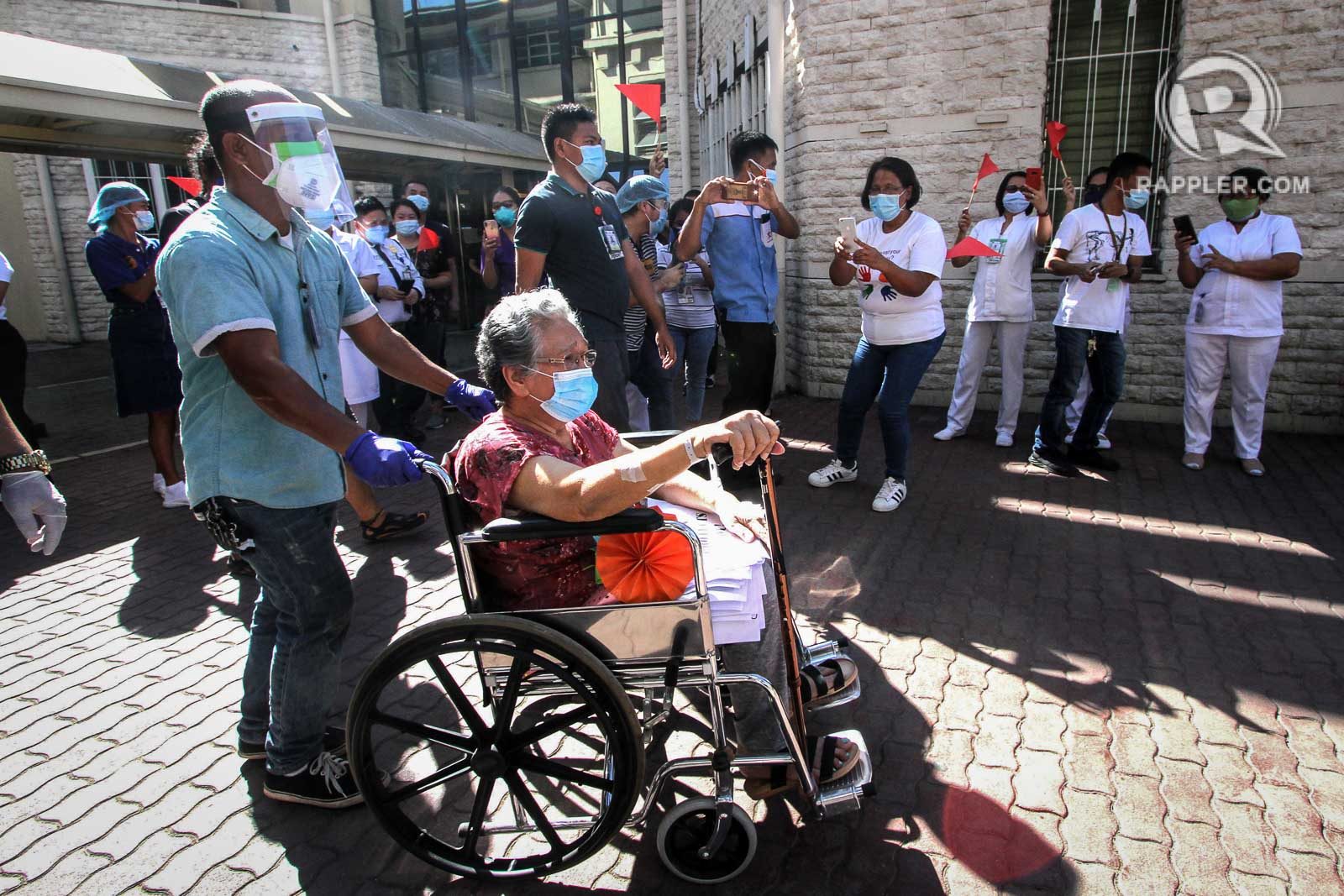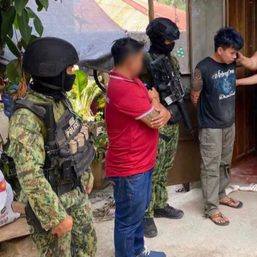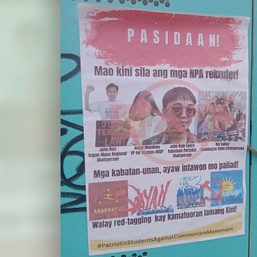SUMMARY
This is AI generated summarization, which may have errors. For context, always refer to the full article.

Hospitals in Cebu City may hit critical levels if the current pace of transmission is not slowed down, the OCTA research group highlighted in a report published on Tuesday, February 9.
“The main concern now in Cebu City, apart from the possibility of the UK B1.1.1.7 variant spreading in the area, is the state of hospital utilization,” they said.
Hospital utilization rate refers to the number of beds occupied in the COVID-19 unit at any given time and is an important indicator of the state of health systems.
The current hospital utilization rate in Cebu City is currently at 40%, according to OCTA.

“While the current usage is still manageable, at 40% as of February 7 (from 25% one month ago), the question is, if cases continue to increase at the current transmission rate, when would hospital occupancy breach the 70% critical level,” OCTA said.
According to the research group, if the trend continues, with a reproduction number (Rt) of 1.4, there will be an additional 240 beds occupied in Cebu City. “If this happens, it will increase the hospital bed occupancy past the 70% critical level,” they said.
DOH Central Visayas disagrees
Dr Mary Jean Loreche, spokesperson for the Department of Health Central Visayas (DOH-7), told reporters in a group chat she disagreed with OCTA’s findings.
“I disagree with the data that is the basis of the OCTA’s prediction that our hospitals in Cebu City will reach 70% in two weeks,” Loreche said. “Our daily attack rate for the same period is only 5%. Our case fatality rate for 2020 was at 5.7%, while that was 1.16% in 2021,” she added.
OCTA places the attack rate at 10%. According to health guidelines, an attack rate above 7% means a particular place is at “high risk” of an outbreak.
Daily attack rate is the number of patients infected over the total population, while fatality rate is the number of deaths out of the total number of cases.
Aside from open businesses and quarantine fatigue, Loreche said more people getting voluntarily tested, higher testing capacity, and expanded contact tracing efforts also added to the city’s number of COVID-19 patients.
During the first surge in 2020, the hospital utilization rate almost hit 100%. The health workers themselves asked for Cebu City to be placed under enhanced community quarantine (ECQ) last June to slow down the spread of the virus.
OCTA pointed out, however, that Cebu City is in a better position now because the local government unit increased the number of beds then by 17%.
Currently there are 820 critical care beds available in 15 hospitals in Cebu City.
Out of the current 2,218 active cases in Cebu City, 107 are mild, 79 have moderate symptoms, 37 have severe symptoms, while 10 are critically ill.
The positivity rate in Cebu City increased to 10%, above the 5% threshold set by the World Health Organization to determine if a pandemic is under control.
The positivity rate is the number of people testing positive out of the number of total people tested on a certain day, week, month, or other period of time.
“The goal is to slow down the increase in new cases to prevent hospitals from being overwhelmed. In Mandaue, hospital bed occupancy over the past week was 40%, while in Lapu-Lapu, it was at 57%,” the report said.
However, it is important to note that Cebu City hospitals also accept patients from surrounding cities and towns, so the city’s hospital utilization rates are also affected by COVID-19 response of nearby local governments.
New variant possibility
The Department of Health Central Visayas (DOH-7) previously said they are not discounting the possibility that a variant – including the more transmissible UK variant – may be contributing to the continued surge of COVID-19 cases in Metro Cebu.
The regional health department previously attributed the spike to the post-holiday gatherings between Christmas and New Year’s Day.
Two patients from Cebu were already confirmed to have the B.1.1.7 variant from the UK. One patient from Liloan town, however, has been staying in Metro Manila, while the other – from Talisay City – was immediately quarantined upon arrival.
At least 70 other RT-PCR swab samples from Cebu are currently being sequenced at the Philippine Genome Center in Quezon City for other variants.
OCTA urged the local government units to consider “stricter” implementation of current community quarantines while “continuing to intensify their efforts at testing, tracing, and isolation, to reverse the increase in transmission in their communities.”
They also said the LGUs should consider implementing “strict barangay lockdowns in areas that have already been identified as hot spots to suppress or mitigate viral transmission.”
Cebu City Mayor Edgar Labella previously ruled out a citywide lockdown, but said “granular” lockdowns were on the table.
Aside from stricter implementation of the curfew, Cebu City police officers are also conducting “Oplan Bulabog” nightly. During these operations, police will inspect restaurants, bars, and cafes to check if they are following physical distancing, mask wearing, and limited-capacity rules, among other measures. – Rappler.com
Add a comment
How does this make you feel?






There are no comments yet. Add your comment to start the conversation.